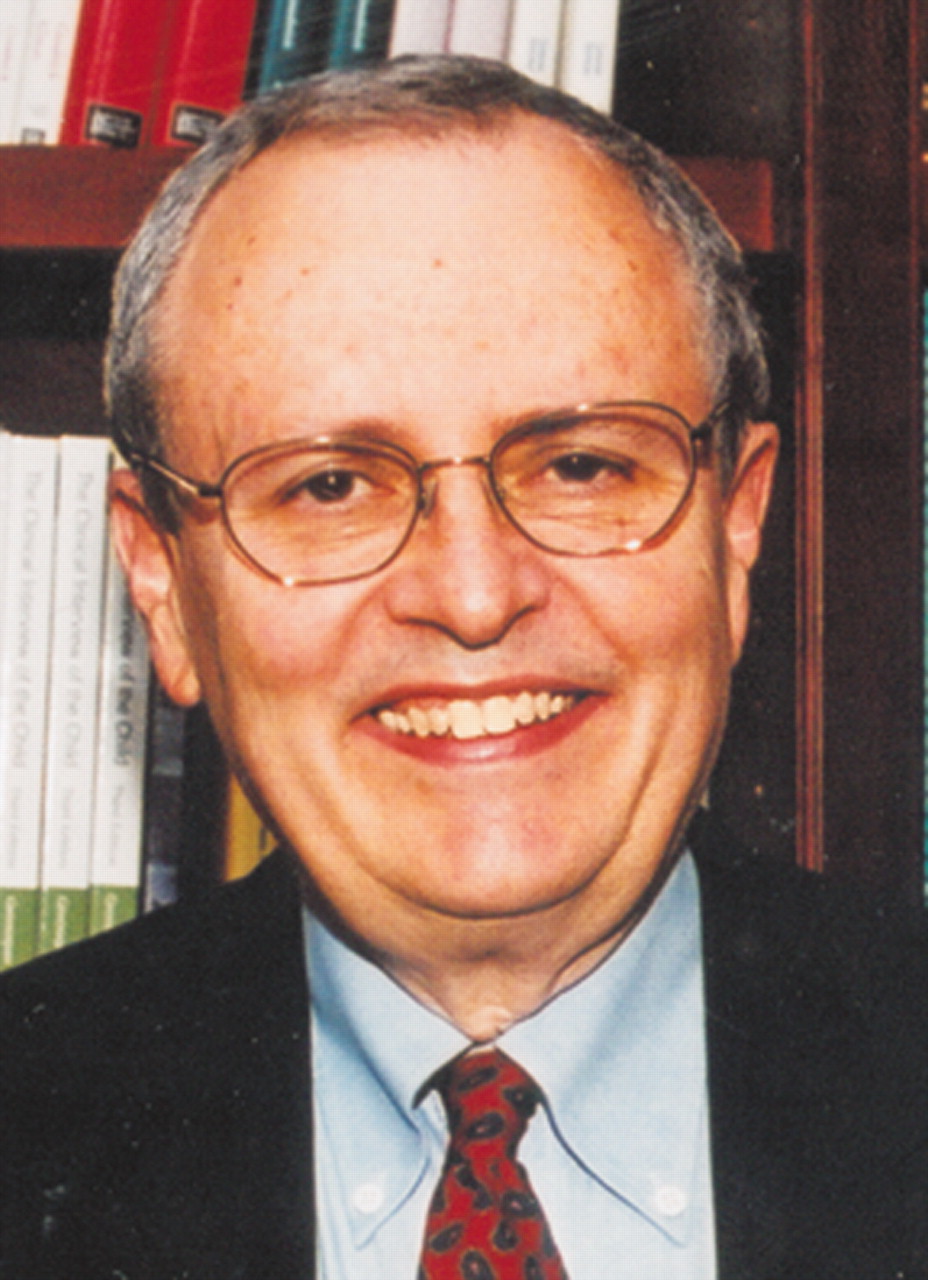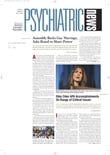When I finished my residency training in 1973, one natural part of the “coming of age” of a psychiatrist was to join APA. Everyone I knew did this, and the membership card that came in the mail was a badge of professional honor and respect.
As dues increased during the 1980s and 1990s and competing organizations and demands rose for practicing psychiatrists, APA membership evolved from being an expected obligation to serve one's profession into an option. Americans in general and physicians in particular became less interested in joining national organizations for the sake of joining and more focused on specific services and goods that these organizations could deliver.
Another consideration is the level of dues that must be paid to obtain these services and goods. Thus, the decision to become or remain an APA member is partly an economic calculation. For many APA members, the combined national and district branch dues total nearly $1,000. And competing for those dollars in the psychiatric marketplace are subspecialty psychiatric societies and other mental health organizations.
Beginning in the late 1990s and extending into the early years of the new century, APA lost members at an annual rate of approximately 4 percent. In the last two years, however, the number of APA members has begun to rise again and has done so in all categories of membership. This is an encouraging sign for psychiatry, as it is a unique medical specialty with unique issues and needs, and we need to have a strong national organization in synergy with strong district branches.
What makes psychiatry unique? First, and most importantly, are our patients, who suffer from some of the most complex and difficult medical conditions known to humankind. They need our expertise and compassion. No other medical specialty wants our patients, and other mental health professionals rely on us to work with them. We also rely on them to provide for the nonpsychiatric needs of these individuals.
The stigma of psychiatric conditions extends to psychiatrists, and this is especially true in the house of medicine. Other medical specialties look down on us and discourage medical students from pursuing psychiatric careers. Despite this, there has been a definite and gradual increase in the numbers of American medical graduates choosing psychiatry, an increase of about 4 percent in the last five years.
Second, we are unique as mental health professionals with our biopsychosocial expertise, our leadership in the diagnostic enterprise, our capacity to provide a broad array of medical and nonmedical treatments, and our willingness to be accountable for outcomes. It is in the zone of clinical uncertainty that psychiatry enters and is essential for quality care. Leadership from APA, whether it's regarding DSM development, research on the profession of psychiatry, or the economics of care, is essential in attracting and retaining resources for the care of our patients. It is APA's advocacy function that makes all the difference, whether in our political activities in Washington, D.C., and individual states or through our national public affairs activities and initiatives. Our advocacy is in alliance with organized medicine and other mental health organizations that care about the same issues. A national APA is an important component of the educational and scientific foundations of psychiatric practice through the journals we publish, the CME programs we support, and our extraordinary annual meeting (as you'll see in this and coming issues of Psychiatric News) and Institute on Psychiatric Services.
APA has a “dual membership” requirement, that is, members of the national organization must belong to a district branch where they live or practice, and vice versa. For most APA members, being involved at the state and district branch levels is critical for our patients because so many decisions that impact them are made at the local and state levels. With a membership of about 36,000, we've got quite an army available to do this vital work.
So, in answer to the question “Why belong to APA?,” we need to turn the clock back to the time when most psychiatrists believed it was their professional obligation to join. Indeed, even though—or maybe because of—we are trying to provide care for patients with too few resources and too many administrative burdens, we should not be asking what APA can do for us; instead, we need to focus on how we can contribute to attaining psychiatry's goals through APA as a way of “giving back” to our profession and helping our patients.
We are all extraordinarily lucky to have the privilege of being psychiatrists in the 21st century. Being a member of APA today is more than just a coming-of-age rite as a psychiatrist; it is a way of actively participating and controlling our fate. ▪

